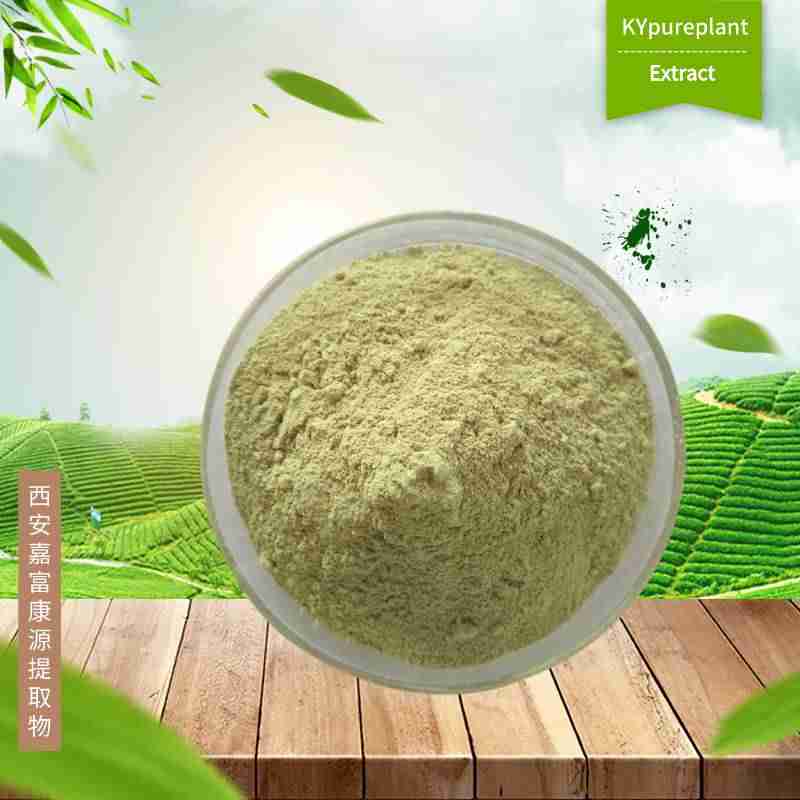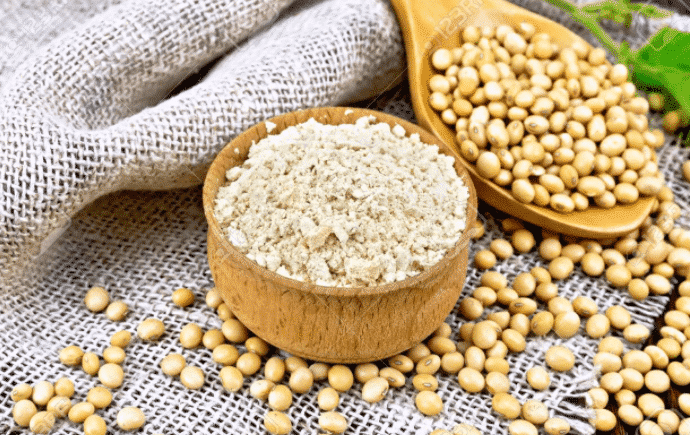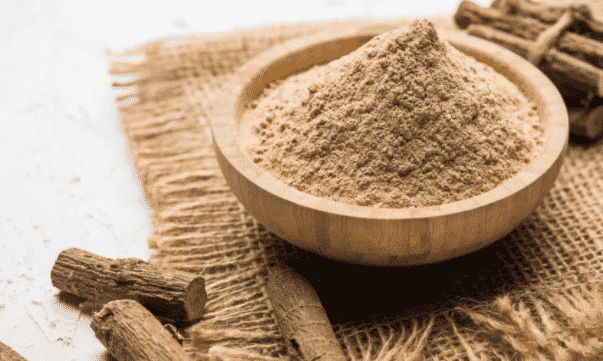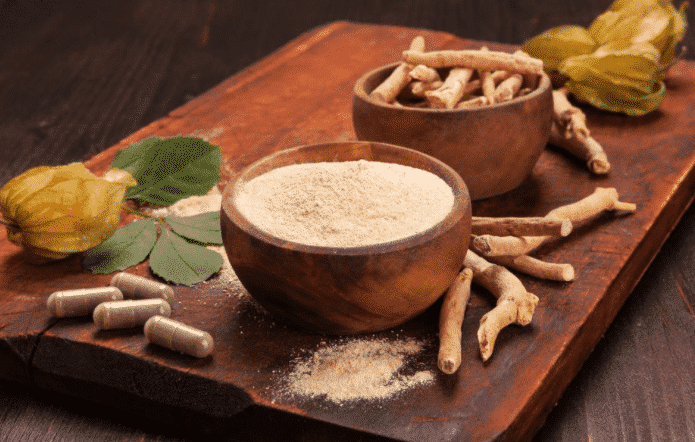Tea Saponin Powder
Tea saponin is extracted from the tea seed meal. Saponin is natural surfactants. Now saponin is widely used as pesticide, fungicide, herbicides in agriculture. It is also used in daily care products, medicine, beverage, textiles, photography and reprography, extinguisher etc.

Tea Saponin Powder Applications:
1.) Cleaning shrimp pond
Tea saponin can kill the unusable fish with its ichthyotoxin and hemolyzation, but it is safe for shrimp. It is benefit for the growth of shrimp and crab. Tea saponin is low concentration and low cost for cleaning pond.
2.)?Killing snail in Rice farm
Tea saponin is a high effective organic pesticide to kill the snail in the rice Farm without any toxic residue.
3.) Agorchemistry
Tea saponin can be used as a surfactant for pesticide production.
4.) Daily care products
Tea Saponin is commonly used in daily care products with the function of lathering, killing germs, relieving itching and subduing the inflammation.
Tea Saponin Powder Specifications:
| Item | Standard |
|---|---|
| Appearance | Light yellow powder |
| Saponin | 60% min |
| Foamy height | ≥160-190mm |
| PH | 5.0 – 6.5 |
| Surface tension | ≥32.86mN/m |
| Solubility | ≥Easily soluble in water |
| Storage | Keep in cool and dry place |
| Shelf life | 2 years |
| Package | packed in?PP woven, 10kg/bag |
Tea Saponin Powder Manufacturers, Tea Saponin Functions and uses:
Tea saponin is a triterpenoid saponin with bitter pungent taste. It stimulates nasal mucosa and causes sneezing. Its pure product is white micro columnar crystal with strong hygroscopicity. It is acidic to methyl red. It is insoluble in anhydrous methanol and ethanol. It is insoluble in organic solvents such as ether, acetone, benzene and petroleum ether. It is soluble in hydrous methanol, hydrous ethanol, glacial acetic acid, acetic anhydride and pyridine. When hydrochloric acid is added to the tea saponin solution, the saponin precipitates when it is acidic. Melting point: 224 ℃.

Tea saponin can destroy animal red blood cells and produce hemolysis. The hemolytic activity of tea saponin was lower than that of Thea Saponin, but equivalent to that of Thea Saponin and Thea Saponin. The hemolytic index of thea Mei saponin was 1000000, and that of tea saponin, tea saponin and camellia saponin was 100000. Tea saponin only hemolyzed red blood cells (including nucleated fish blood, chicken blood and non nucleated human blood), but had no effect on white blood cells. Therefore, tea saponin is toxic to fish, but not to shrimp. [1] The mechanism of hemolysis is believed to be the change of the permeability of cholesterol containing cell membrane caused by tea saponin. At first, the cell membrane is destroyed, and then the cytoplasm is extravasated, and finally the whole red blood cell is disintegrated. The premise of solubility is that tea saponin must contact with blood, so it is non-toxic when taken orally by human and animal.

Tea saponin is a kind of sugar compound extracted from the seeds of Theaceae plants. It belongs to saponins and is a natural non-ionic surfactant. After testing, tea saponin has good emulsifying, dispersing, foaming, wetting and other functions, and has anti-inflammatory, analgesic, anti osmotic and other pharmacological effects [2]. Tea saponin is a light yellow fine powder, which is widely used in washing, wool spinning, knitting, medicine, daily chemical industry, etc. It can be used as wetting agent and suspending agent in solid pesticide, synergist and spreading agent in EC pesticide, and also as biological pesticide.

Tea saponin can improve the wettability and suspension rate of wettable powder (≥ 75%) as a wetting agent of pesticide. As a natural non-ionic surfactant, tea saponin can significantly improve the physical and chemical properties of pesticide solution, increase the effective volume of pesticide on the target, and help to give full play to the efficacy of pesticide. Therefore, the application effect can be improved. As a pesticide wetting agent, it has the advantages of fast wetting speed, strong dispersibility, pH 5.5-6.5, neutral and slightly acidic, which will not cause pesticide decomposition and is conducive to the storage of pesticides. These are not comparable to synthetic surfactants. Tea saponin has been widely used as wetting agent of Paclobutrazol, Isoprocarb, aluminum phosphide, Tricyclazole and other pesticides.

Tea saponin is an excellent adjuvant of water or soluble powder pesticides, which can improve the physical properties of pesticides, enhance the adhesion of the solution on the biological or plant surface, and play a synergistic effect on pesticides. [3] Tea saponin can degrade automatically and has no toxicity. In the process of separation, it will not affect the chemical properties of pesticides and is conducive to the storage of pesticides. Tea saponin has been widely used in herbicide glyphosate and insecticide Shachongshuang, especially in glyphosate. It can give full play to the excellent performance of glyphosate, improve its adhesion and Hygroscopicity on plants, and improve the permeability of medicine liquid. Moreover, due to its good biological activity, tea saponin can also improve the biological activity of glyphosate.

Because of its good biological activity, tea saponin, mixed with monosultap, malathion, methomyl, Kungfu pyrethrin, nisolone, tachyprid, nicotine, dimethoate and rotenone, has obvious synergistic effect on controlling Rhopalosiphum padi, Plutella xylostella and Panonychus citri respectively.
Tea saponin has a certain stomach toxicity and strong repellent effect on cabbage caterpillar, and the higher the concentration is, the stronger the repellent effect is, which has a certain effect on controlling cabbage caterpillar damage. It can be used as an insecticide in garden flowers to control underground pests, such as cutworm, nematode and so on. It also has good toxic effect on Pomacea canaliculata, snails and Oncomelania hupensis











